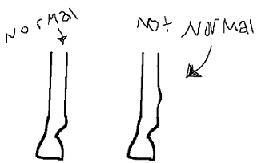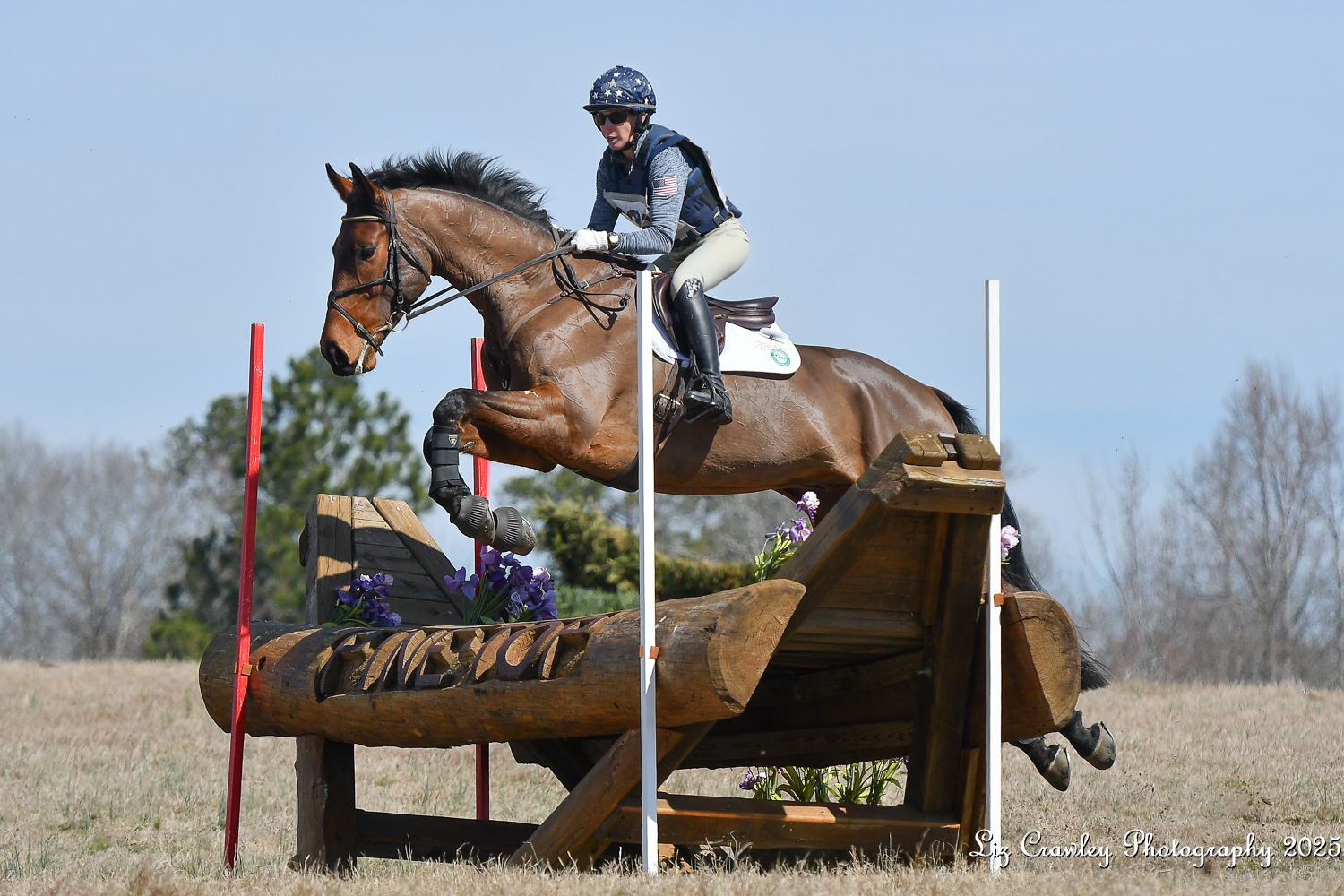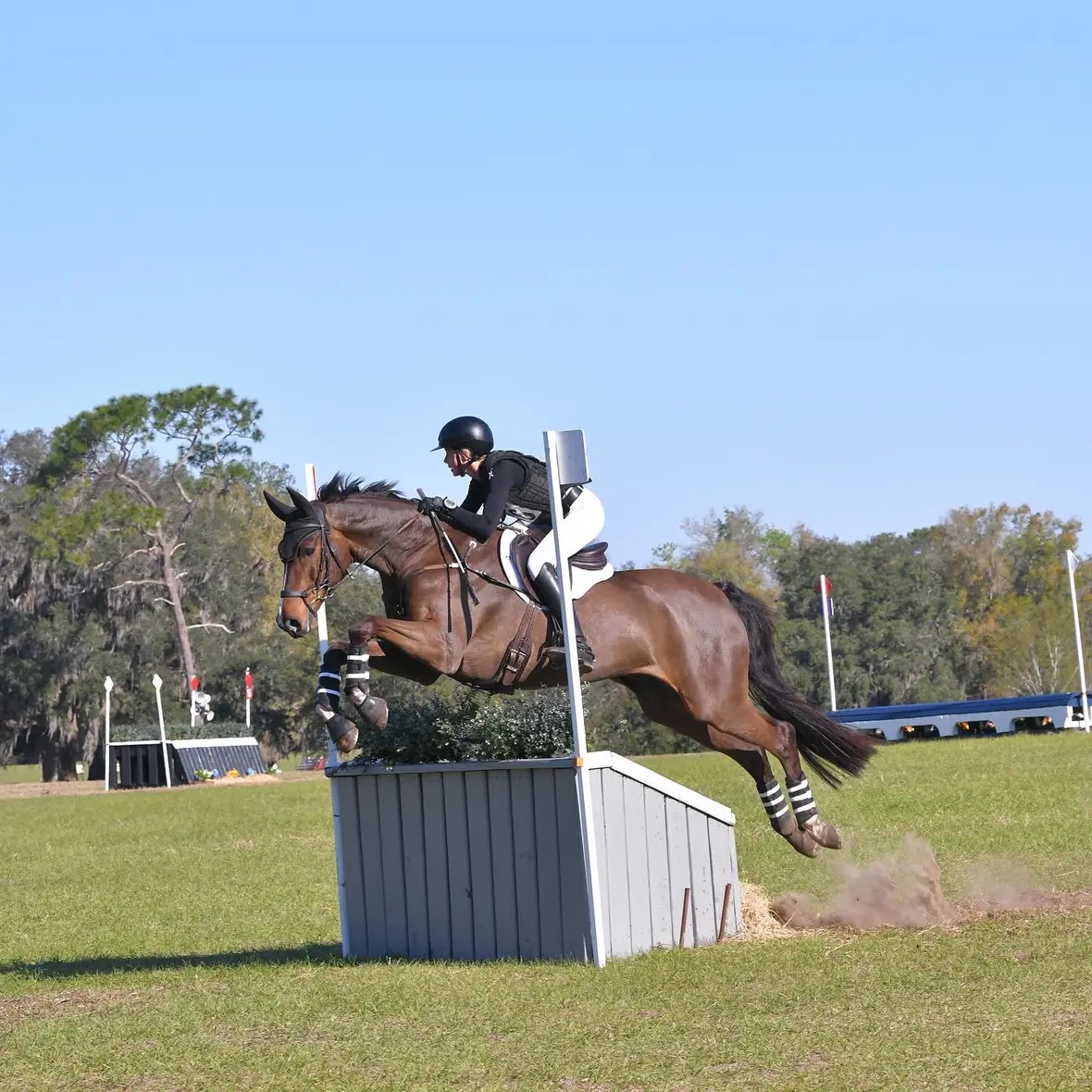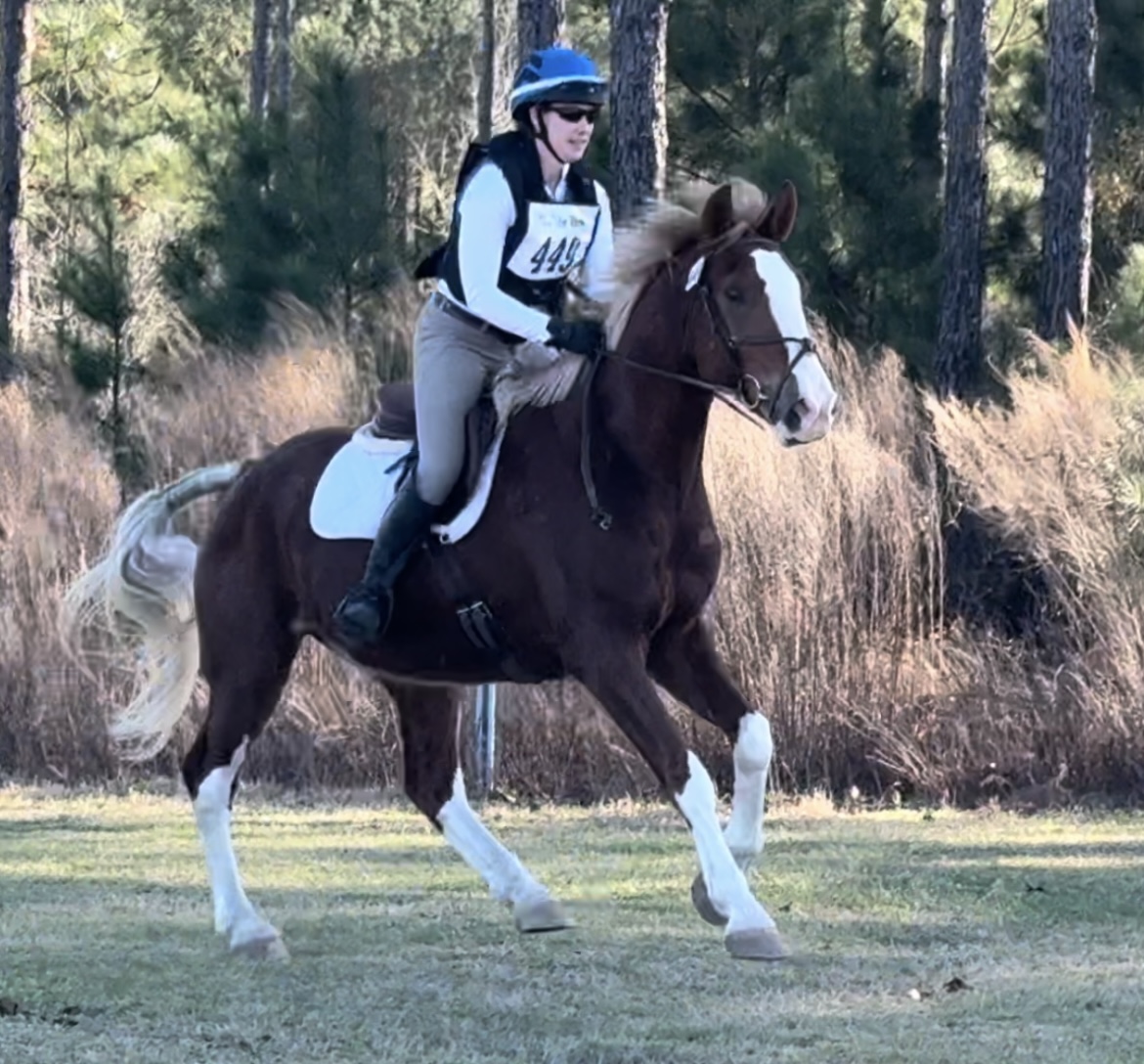David Ramey, DVM, has been in private sport and pleasure horse practice in the Los Angeles area of southern California since 1984. He has published over a dozen books on horse health, and has lectured to both lay and professional audiences in the United States and Australia. His blog and web site www.doctorramey.com hopes to help bring horse sense to the horse world. I thought that this article was particularly poignant and relevant to many of my friends, and David kindly allowed me to re-print it here on EN. Many thanks to David, and thank you for reading!
 From David:
From David:
In the veterinary publications that I read, there’s concern about a decline in visits to see veterinarians. Most of the are couched as concerns that decreasing veterinary visits will imply a concomitant decline in animal health, and wonder what can be done about the “problem.”
Being able to afford to take care of your animals is a problem throughout the veterinary profession. People are going to avoid taking their animals to a veterinarian if they feel that the cost of care is too expensive, or if they don’t feel that they are getting value for the money that they spend. So, here’s some advice to help you make sure that you’re getting value for your money spent – make sure that you ask how any outcome would be different as a result of a diagnostic test or procedure before you spend money on it.
Historical aside: In Bologna, Italy, and the surrounding area, from the 15th – 18th centuries, physicians had to give your money back if you weren’t satisfied with the outcome. It’s a pretty interesting story, actually – click here if you want to read a brief introduction to the book Contracting a Cure, from Google books. That’s not the case today (although you might feel that it should be the case), but, insofar as taking care of your horse goes, really, what’s important is the result, not necessarily how you get there, right?
When it comes to getting there (there being the desired outcome), it seems to me that people are losing sight of some of the more pragmatic aspects of veterinary medicine. Any decent veterinary (or medical) professional knows that some large percentage of cases will improve with time – in some cases, they improve in spite of the treatment given! I think that, as a profession, as a group that likes and wants to continue to work on horses, it behooves us (there’s a pun in there, but it’s unintentional, I promise) to talk to people about the choices that they make, and the likely outcomes. And it’s important for you, the client, make sure that you’re involved in your horse’s care, to make sure that the money that you’re spending is likely to make a difference.
Let’s pick an example of how “advances” in veterinary medicine have changed care, definitely increased expenses, but not necessarily improved outcomes. Let’s take the case of a routine tendon injury.

You come out to your horse’s stall, and you notice that he has a swelling in the tendon area, behind the horse’s cannon bone. Yesterday you had a long, hard ride, maybe more than you intended – today, your horse is limping a little bit. From the looks of the swelling, you’re concerned that he has a “bowed” tendon.*
If this is 50 years ago, you’d call your veterinarian (on a phone with a dial on it), who would come out and do a physical examination on your horse. He (not being sexist – it was essentially always a “he” 50 years ago) would confirm that your horse has injured his tendon. He would prescribe some sort of treatment – sometimes it was not-so-benign, but that’s another story – but mostly, he would tell you that you weren’t going to be able to ride your horse for a while. Maybe he would suggest that you turn your horse out to pasture, or, if you had a mare, that you breed her. After time passed, you’d call your veterinarian again, who would come out to check your horse, and, ultimately, would find that it’s time to get back to work. You’d have paid for a couple of veterinary visits, and, all-in-all, your horse would have had a pretty satisfactory outcome. At the end of the day, your horse with a tendon injury would probably end up being OK, albeit with a bit of an enlarged tendon.**
Fast forward 50 years. Your horse is limping a little bit, and has a swelling on the back of his tendon. You call your veterinarian. He or she examines your horse and tells you that your horse may have a bowed tendon. An ultrasound examination is suggested. The exam confirms that there is a slight tear in the tendon. Stem cell therapy is suggested. You go for it. A month later, another ultrasound is recommended. Your horse is carefully monitored, and work is slowly increased. You have periodic ultrasounds along the way. At the end of the day, your horse with a tendon injury ends up OK, albeit with a bit of an enlarged tendon.
If you made it through the last two paragraphs, there’s one important thing to note: the last sentence of each paragraph is the same. The big difference is that, 50 years ago, you might have paid your veterinarian $100 or so for the visits and exam – today, for the same injury, with the same outcome, you could be out $7,500.00, or more.

Laser treatment to a tendon. Photo by Samantha Clark.
That extra expense (beyond what you’d expect from inflation – I mean, the prices of everything have gone up) is not necessarily all wasted money. For example, it’s good to have information from ultrasound about how badly the tendon is damaged; it can help you understand how long it’s going to take for the injury to heal, and help you understand why it may be necessary to proceed with caution. However, with stem cells (and lots of other “cutting edge” treatments), after years of use, there’s still absolutely no reason to believe that, at this time, healing is going to be better in the end. So, really, why spend the money?
I am not saying that there’s nothing good from technological advances. I am not saying that there haven’t been improvements in veterinary care. What I am saying is that newer and more expensive is not necessarily better, and that you, as a savvy consumer, need to make sure that you know what you’re paying for. You need to make sure that what you’re paying for is going to make a difference for your horse at the end of the day (and this applies to all sorts of things).
If are involved in your horse’s care, and you ask questions before you go for treatments, you may find that your veterinary costs aren’t as substantial,*** that your horse is still getting good care, and that you’ll have a little extra money left over for that bag of horse treats. And at the end of the day, that’s something your horse really cares about.
_______________________________________________________________
* The reason it’s called a “bowed” tendon is that if you stand looking at the leg from the side, the swelling of the tendon causes the back of the leg to bow out, giving the profile of the bow of an archer. It’s one of many colorful words that exist in the equine medical vernacular.
** If your horse was a racehorse, there’s a decent chance that he wouldn’t be able to successfully race after his injury. That’s still the case today. Otherwise, chances for a full return to function are pretty good with most tendon injuries.
*** Don’t get me going about all of the worthless supplements that are out there.
Original article can be found HERE.



































